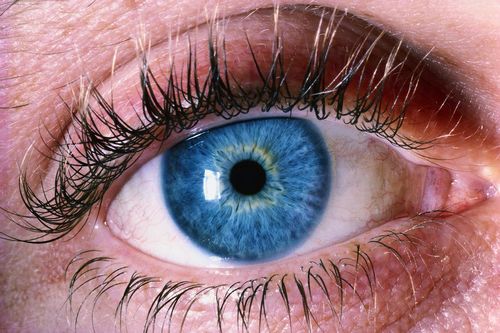Glaucoma

Glaucoma is the leading cause of irreversible blindness worldwide, affecting more than 65 million people. In the United States, nearly three million people suffer from the disease and there are 100,000 new diagnoses annually with an average age at diagnosis of 60 years.
The most common form of glaucoma is characterized by a build up of pressure in the eye. The most common presentation is as primary open-angle glaucoma, in which the aqueous humor – the fluid inside the eye – is unable to flow out of the eye at its normal rate, resulting in abnormally high pressures inside the eye. This increase in intraocular pressure (IOP) can result, in part, from the inability of the ocular fluid to pass through the trabecular meshwork (a filtering and drainage mechanism) and leave the eye. The build up of ocular fluid exerts pressure on the inside of the eye, putting stress on the retina and the optic nerve. As the IOP increases, damage may occur to the optic nerve and retina, and patients gradually lose the ability to see, usually starting with the loss of peripheral vision and with time progressing until total blindness occurs.
Current treatments for glaucoma seek to control intraocular pressure, and thereby reduce damage to the optic nerve by either increasing the drainage of intraocular fluid or by decreasing the production of fluid in the eye. However, in many cases it is difficult or impossible to bring the IOP down to safer target levels. As a result, nearly half of glaucoma patients require more than one medication for IOP control, and poor patient compliance with multiple drug regimens complicates treatment of the disease. There is a significant need for new drugs with novel mechanisms with potential to improve IOP lowering alone or in combination with existing drugs, especially for patients with treatment refractory disease.
Inotek believes that trabodenoson represents a new class of glaucoma therapeutics that act to reduce elevated IOP primarily by increasing the outflow of ocular fluid via the trabecular meshwork pathway, the main pathway used by healthy eyes to maintain normal IOP. With a new mechanism of action, trabodenoson could provide significant benefit to glaucoma patients.